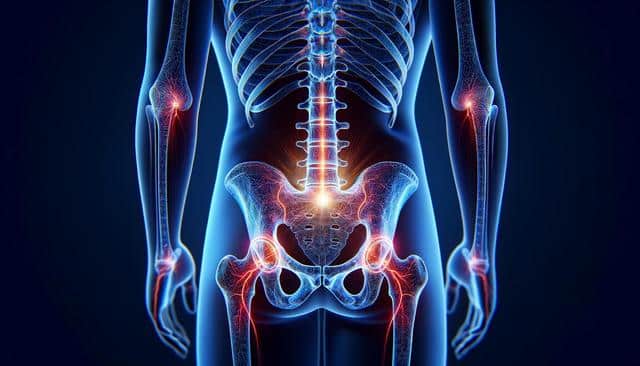Understanding Sciatica
Sciatica is a condition characterized by pain that radiates along the path of the sciatic nerve, which extends from the lower back through the hips and buttocks and down each leg. This type of pain is often caused by a herniated disk, bone spur on the spine, or narrowing of the spine (spinal stenosis) compressing part of the nerve. Symptoms can vary widely, from mild discomfort to sharp, burning sensations or excruciating pain. Sciatica typically affects only one side of the body.
Common Symptoms of Sciatica
Sciatica symptoms can manifest in various forms, including:
- Pain that radiates from your lower spine to your buttock and down the back of your leg.
- Discomfort along the nerve path that can range from a mild ache to a sharp, burning sensation.
- Muscle weakness in the affected leg or foot.
- Numbness or tingling in the leg, which can extend to the foot and toes.
- Pain that worsens when sitting, coughing, or sneezing.
Recognizing these symptoms early can help you seek appropriate treatment and manage the condition more effectively.
Lifestyle Modifications for Relief
While sciatica can be debilitating, certain lifestyle changes can provide relief and prevent future episodes. Consider the following:
- Maintain a healthy weight to reduce pressure on your spine.
- Engage in regular physical activity to strengthen the muscles supporting your back.
- Practice good posture to minimize pressure on your spine.
- Use proper techniques when lifting heavy objects to avoid straining your back.
- Incorporate stretching and yoga into your routine to improve flexibility and reduce tension.
These modifications can support your overall spinal health and alleviate sciatica symptoms.
Medical Treatments and Therapies
For persistent sciatica symptoms, medical intervention may be necessary. Treatment options include:
- Physical therapy to strengthen muscles and improve posture.
- Medications such as anti-inflammatories, muscle relaxants, and pain relievers.
- Corticosteroid injections to reduce inflammation around the affected nerve.
- Surgical options in severe cases where other treatments fail.
Consulting with a healthcare professional can help determine the most appropriate treatment plan based on the severity of your symptoms.
Long-term Management and Prevention
To manage sciatica effectively and prevent recurrence, consider adopting long-term strategies:
- Continue with regular exercise to keep your back strong.
- Stay mindful of your posture throughout the day.
- Ensure your workspace is ergonomically designed.
- Manage stress levels which can contribute to muscle tension and pain.
- Regularly review your treatment plan with your healthcare provider.
Consistency in these practices can lead to sustained relief and a healthier spine.
Conclusion
Sciatica can significantly impact daily life, but understanding the symptoms and implementing effective management strategies can alleviate discomfort and improve quality of life. Through a combination of lifestyle changes, medical treatments, and preventative measures, you can manage sciatica symptoms and reduce the likelihood of future flare-ups. Always consult with healthcare professionals to tailor a plan that best suits your needs.
